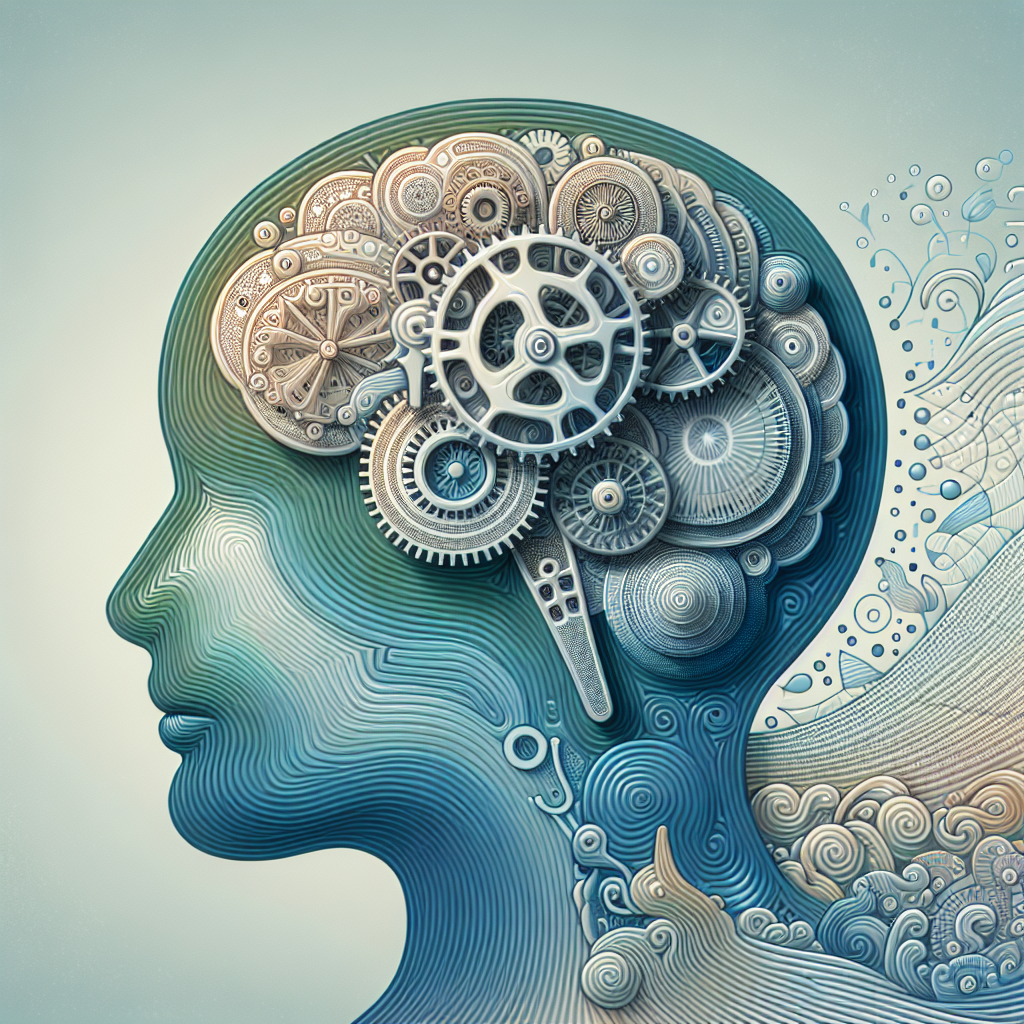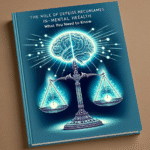
Introduction
In times of uncertainty and chaos, the ability to bounce back from adversity is more vital than ever. The concept of resilience has garnered significant attention in recent years, as individuals and communities alike strive to navigate life’s myriad challenges. At the heart of resilience lies emotional regulation—a fundamental skill that shapes our responses, influences our mental well-being, and ultimately determines our capacity to thrive. In this article, we delve deep into Building Resilience: The Role of Emotional Regulation in Mental Well-Being, offering insights, strategies, and real-world applications that empower readers to harness their emotional intelligence for enhanced mental health.
Understanding Resilience and Emotional Regulation
What is Resilience?
Resilience can be defined as the ability to withstand, adapt to, and recover from adversity. It’s not merely about enduring tough circumstances; rather, it involves proactive strategies that promote recovery and personal growth.
The Role of Emotional Regulation
Emotional regulation refers to the processes by which individuals influence their emotions—how they experience, express, and manage them. Effective emotional regulation is crucial; it allows individuals to respond to stressful situations thoughtfully rather than reactively.
The Interconnection
Understanding resilience and emotional regulation’s interconnection is essential for mental well-being. Emotionally regulated individuals tend to be more resilient, as they can manage stressors effectively and maintain a positive outlook.
Building Emotional Regulation: Key Strategies
1. Mindfulness Meditation
Mindfulness meditation is a powerful practice that enhances emotional regulation. By fostering present-moment awareness, individuals can cultivate a non-judgmental attitude toward their emotions. This practice helps in recognizing emotions without becoming overwhelmed by them.
Case Study: The Mindful Workplace
In a corporate setting, a leading tech company introduced mindfulness practices among its employees. Over six months, there was a 30% reduction in reported stress levels, and productivity increased significantly. Employees reported greater emotional awareness and resilience, illustrating Building Resilience: The Role of Emotional Regulation in Mental Well-Being.
2. Cognitive Behavioral Techniques
Cognitive Behavioral Therapy (CBT) provides structured techniques for reframing negative thoughts, fostering resilience. Learning to challenge and change negative thought patterns can greatly improve emotional regulation.
Real-World Example: Overcoming Anxiety
A young woman struggling with anxiety adopted CBT techniques, identifying her cognitive distortions. Over time, she learned to reframe her thoughts in challenging situations, enhancing her resilience and emotional regulation capabilities.
3. Physical Activity and Emotional Health
Regular physical exercise is proven to enhance emotional regulation by stimulating endorphin release and reducing stress hormones. Engaging in physical activities improves self-esteem, an essential component of resilience.
Table 1: Emotional Benefits of Physical Activity
| Physical Activity Type | Emotional Benefits |
|---|---|
| Aerobic Exercise | Reduces anxiety, improves mood |
| Yoga | Enhances mindfulness, increases resilience |
| Team Sports | Fosters social support, combats isolation |
4. Building Strong Social Connections
Establishing robust social networks plays a pivotal role in emotional regulation. Supportive relationships provide emotional resources, enhancing resilience.
Case Study: The Support Network Effect
A community group focusing on single parents created regular support meetings. Participants reported feeling more equipped to handle challenges, directly linking emotional regulation strategies learned in these meetings to improved resilience.
The Science Behind Emotional Regulation and Resilience
Neurobiological Insights
Scientific research has revealed that emotional regulation is strongly tied to brain function. The prefrontal cortex is central to executive functions, including emotional regulation, while the amygdala processes emotions.
Emotional Regulation and Neuroplasticity
The more we practice emotional regulation techniques, the more we rewire our brains. Neuroplasticity allows for adaptive changes, potentially boosting resilience and improving overall mental well-being.
Chart 1: Neuroplasticity in Action
| Practice | Effect on Emotion Regulation |
|---|---|
| Mindfulness Meditation | Strengthens connectivity between brain regions |
| Cognitive Restructuring | Enhances critical thinking and emotional balance |
Overcoming Challenges in Emotional Regulation
Identifying Emotional Triggers
To enhance emotional regulation, individuals must first identify their emotional triggers. This awareness is the first step towards building resilience.
Managing Stress Effectively
Stress management techniques—such as deep breathing, journaling, and time management—are essential for regulating emotions effectively.
Common Strategies:
| Strategy | Description |
|---|---|
| Deep Breathing | Calms the nervous system, reduces anxiety |
| Journaling | Processes emotions, clarifies thoughts |
| Time Management | Reduces overwhelm, enhances control |
Building Resilience: Insights from Psychology
The Role of Positive Psychology
Positive psychology emphasizes strengths rather than weaknesses, promoting resilience. It fosters a growth mindset, where challenges are perceived as opportunities for development.
Case Study: Positive Psychology in Education
A school in Chicago implemented positive psychology curriculum. Over three years, students’ ability to manage stress improved significantly, highlighting Building Resilience: The Role of Emotional Regulation in Mental Well-Being among youth.
Conclusion
Building resilience through effective emotional regulation is not merely an abstract concept; it is an achievable goal rooted in actionable strategies. By adopting mindfulness, cognitive techniques, and fostering connections, individuals can greatly enhance their mental well-being. The journey of emotional regulation is ongoing, requiring practice and patience. However, the rewards—greater resilience and improved mental health—are undoubtedly worth the effort. Start today; embrace the power of your emotions to build a resilient future.
FAQs
1. What is emotional regulation, and why is it important?
Emotional regulation involves influencing which emotions we have and how we experience them. It’s essential because it helps individuals manage stress, improve relationships, and enhance mental well-being.
2. How can I improve my emotional regulation skills?
Improving emotional regulation can be achieved through mindfulness practices, cognitive restructuring, physical activity, and building strong social networks.
3. Is resilience something I can develop?
Yes! Resilience can be developed through consistent emotional regulation practices and fostering a positive mindset.
4. Can emotional regulation impact my relationships?
Absolutely! Improved emotional regulation enhances communication, reduces conflict, and fosters deeper connections in relationships.
5. How long does it take to see improvements in emotional regulation?
Improvements in emotional regulation can vary from person to person. However, with consistent practice, many individuals notice positive changes within a few weeks to months.
In this comprehensive exploration of Building Resilience: The Role of Emotional Regulation in Mental Well-Being, the insights provided not only educate but also empower readers to take actionable steps towards improving their mental health and fostering resilience in their lives.


















